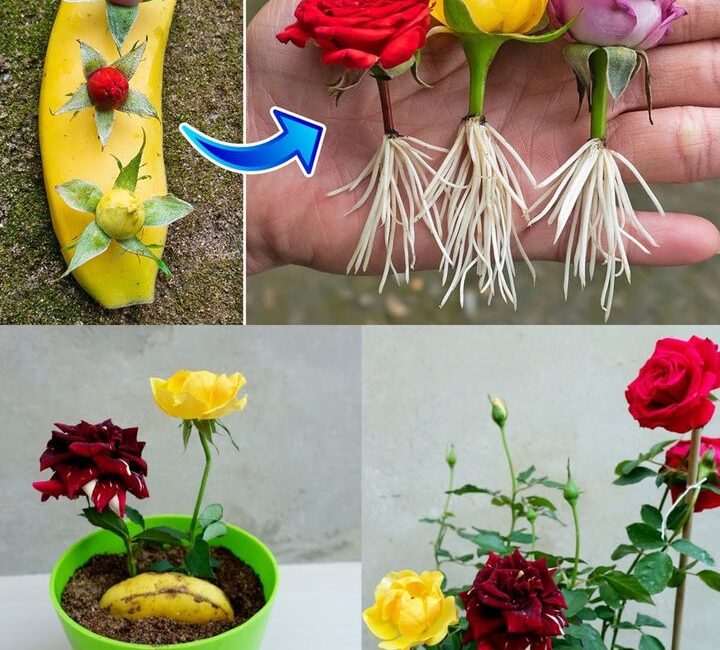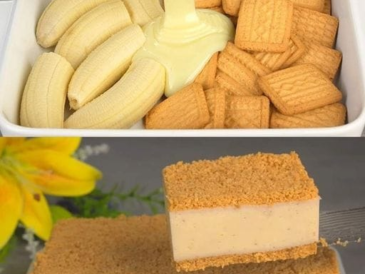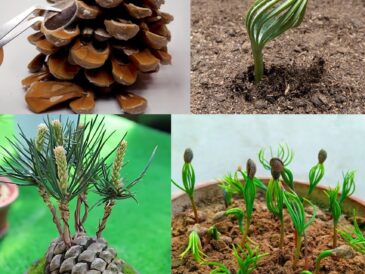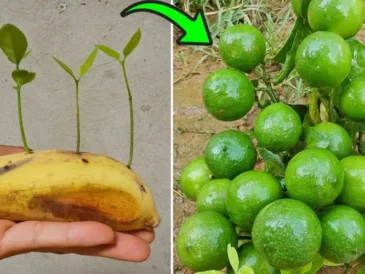The Science Behind Propagation:
Successful rose propagation requires specific conditions to encourage root growth. While bananas contain nutrients like potassium and magnesium, these elements alone are not enough to induce successful rooting in rose cuttings.
Key Factors for Rose Propagation:
- Healthy Cutting: A vital first step is selecting a healthy, mature rose stem with at least two nodes (the bumps where leaves emerge).
- Proper Cut: Make a clean, angled cut just below a node using sterilized pruners. Remove any lower leaves.
- Rooting Hormone (Optional): While not essential, dipping the cut end of the stem in a rooting hormone can significantly improve root development.
- Moist but Not Soggy Medium: A well-draining potting mix specifically formulated for rose cuttings is ideal.
- Warmth and Humidity: Maintaining consistent warmth and humidity around the cutting is crucial for successful rooting.
The Verdict on the Banana Method:
Unfortunately, the banana method lacks the necessary elements to promote reliable root growth in rose cuttings. While the peel might offer some minor moisture retention, it doesn’t provide the essential elements or controlled environment needed for successful propagation.
Effective Rose Propagation Methods:
Here are some proven methods for propagating roses:
- Stem Cuttings in Potting Mix: This is the most common and reliable method. Follow the steps outlined above for selecting a healthy cutting, making a proper cut, and using a well-draining potting mix.
- Layering: This method involves encouraging root growth on a branch still attached to the parent plant.
- Grafting (Advanced): This technique involves uniting a rose stem (scion) with the rootstock of another rose plant.
The Takeaway:
While the “banana method” for rose propagation might seem like a quick and easy solution, it’s not a reliable way to cultivate new rose plants. For successful rose propagation, explore tried-and-true methods that provide the necessary elements for healthy root development.
Happy Rose Growing!




